
Such a requirement would clash with the mask shortages experienced around the world. Medical personnel, vulnerable populations and people who are actually sick with the virus are in dire need of those masks and are first in line to receive whatever limited supply there is. Despite there not being a clear instruction yet, a few officials have expressed their belief that the general public wearing masks would indeed help flatten the curve. To protect yourself despite the shortage, it is possible to make your own DIY mask. If the mention of a needle thread alarms you - don't worry! There are no-sew methods that are simple and accessible to anyone.
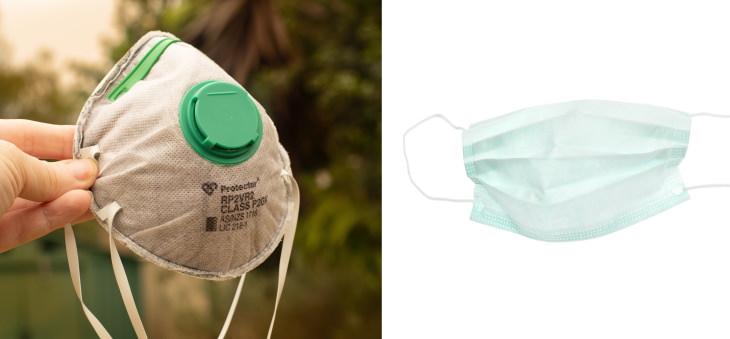
It’s important to know there are two types of masks - Surgical masks and respirators, also known as N-95.
Surgical masks - these are the ones you see doctors, nurses and dentists wear when they examine patients. They are more loose-fitting and thinner. They do provide protection from cough and sneeze droplets to a degree. However. because they are not tightly sealed around the nose and mouth, some of the air the wearer breathes is unfiltered.
N-95 - commonly used by construction workers. They are tight and form-fitted to the wearer’s face. According to the CDC, they filter about 95% of the airborne particles, including viruses and bacteria. The downside of the N-95 masks is that they are difficult to wear for long periods of time, as they get clogged and that may cause the wearer trouble breathing, and higher heart rate. Pregnant women and people with breathing problems should consult a doctor before wearing an N-95 mask.
According to the WHO, surgical face masks are perfectly suitable for individuals who just need them to run errands outside or go grocery shopping.
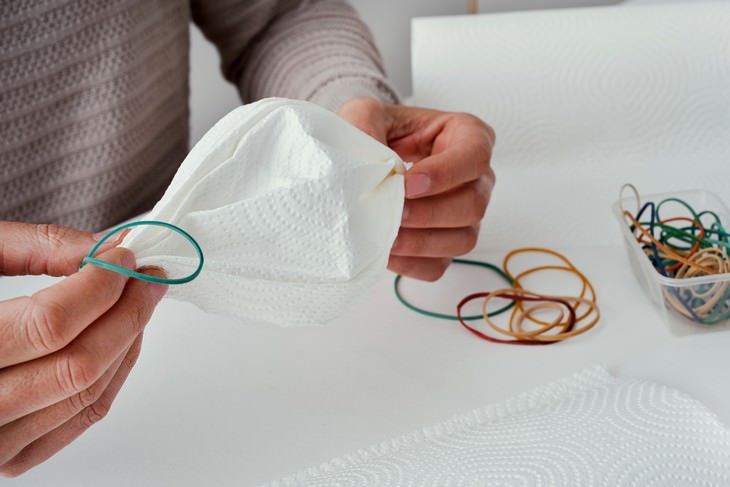
The best materials for a face mask would be a cotton T-shirt or a cotton pillowcase. That is because of the fabric’s ability to capture particles yet remain breathable. A study on DIY face-masks has concluded that cotton masks perform comparably to regular surgical masks. Do not forget to wash the cloth before using it! Use the warmest setting in your washing machine, then dry it on high heat as well.
This tutorial below is a no-sew one. If you are able to and prefer to sew one this tutorial is very handy. The video for it is provided at the bottom of the page.
Materials:
1. Cut a square out of your fabric, roughly the size and shape of a handkerchief (12x12 in or 30x30 cm)
2. Two hair ties
Steps:
1. Place the square fabric on a surface or a table in front of you.
2. Fold the top to the center.
3. Fold the bottom to the center.
4. Flip over.
5. Fold the bottom to the center.
6. Fold the top to the center.
7. Flip over again.
8. Thread both ends of the fabric through the hair ties, so it is broken into three parts with the center part being slightly larger than the ends.
9. Fold the sides into the center.
10. Flip over the last time, and the mask is ready to wear.
Video Tutorial of the No-Sew Method
Video Tutorial For Sewing a Face Mask
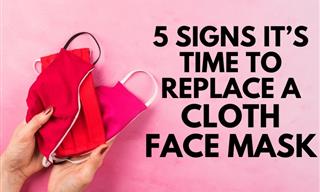
Cloth Masks Aren’t Everlasting: Learn When to Replace Them
Knowing when to replace a cloth mask is essential, as an old face mask can be less effective. These 5 signs tell you it's time to replace a cloth face mask.
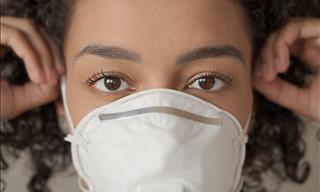
Guide to Face Masks: Which Protect You Best?
Which face masks are the best and the worst at preventing the spread of Covid-19? Click here to find out

Read These Guidelines if You Wear Disposable Gloves
Disposable gloves can protect us, but only when handled correctly. These are the instructions you should be aware of.

8 Ways Covid-19 Has Changed the World Forever
It goes without saying that the coronavirus pandemic has changed our lives, perhaps forever. But exactly how? Let's take a look.
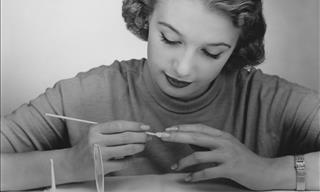
How to Keep Your Fingernails Germ Free
The importance of washing hands has been thoroughly discussed, but what about keeping the nail area clean? Here are a few important pointers.

The Johnson & Johnson Vaccine’s Important Advantage
Johnson & Johnson's Covid-19 vaccine has been recently authorized by the FDA. The vaccine is suitable for those who had an allergic reaction to other vaccines.
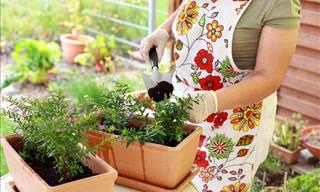
13 Great Tips That'll Ensure Your Container Pots Thrive
If you struggle to keep your container plants alive then you're definitely doing something wrong. Here are 13 great tips that you should heed!

Guide: What Kind of Spider Do You Have at Home?
This guide will allow you to identify and understand what kind of house spider you have at home.

I Wish I Discovered The Uses of Castile Soap Sooner
If you haven't used Castile soap yet, these 10 reasons will convince you to do so.

How to Remove Salt Stains From Fabrics, Shoes & Flooring
Salt stains are more common than you think. Learn to remove them effectively from your shoes, clothes, car interior, and floors in this useful guide.

Here's How to Keep Your Face Free of Dead Skin Cells
We always feel better when we're looking radiant, and that can be down in no small part to removing dead skin cells from our faces. Make these scrubs at home.

This Mindfulness Trick Will Allow You to Sleep Easy
Meet mindfulness meditation, which will enable you to achieve a restful sleep through guided imagery, giving you the energy for the next day.
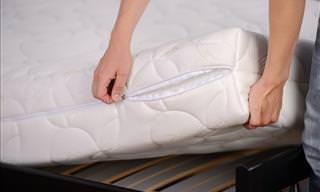
If Only I Had Discovered these Cleaning Tips Sooner
10 not-so-obvious tips about cleaning that are both surprising, yet very effective.
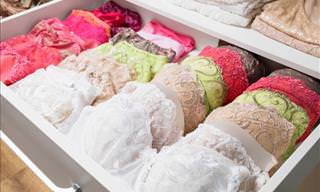
What Happens to Your Breasts When You Don't Wear a Bra
What happens when you don't wear a bra? Here are 8 health benefits of not wearing a bra you may not know about.
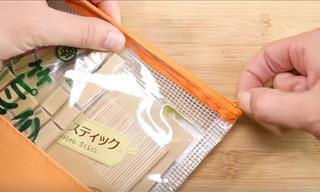 4:22
4:22
You Wouldn't Believe All That You Can Do with a Bobby Pin
You'll be surprised at how much you can truly do with a simple bobby pin! Take a look:
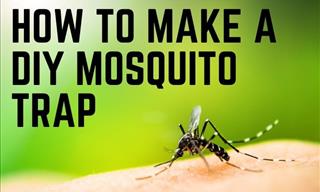
Get Rid of Mosquitos in 5 Minutes with This DIY Recipe!
Let us help you significantly reduce the number of mosquitos in your home and garden with a simple 4-ingredient recipe of a mosquito trap

Do Birds Carry Diseases? How to Act With Feral Birds
This article explores which feral birds (especially in North America, with a couple of European examples) pose health risks, what diseases they spread, and how to protect yourself and your pets.
 13:33
13:33
Need New DIY Ideas? How About 33 of Them?
This tutorial is going to show you 33 DIY tricks to make your home better than ever.
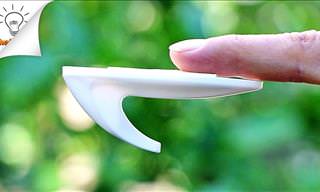 3:13
3:13
11 Great Ways to Use Plastic Hooks Around the House
11 ways to use plastic hooks to find creative solutions to household problems.
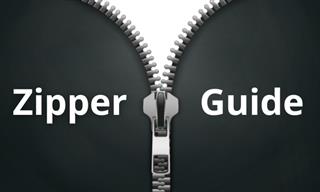 1:32
1:32
Got a Zipper Problem? Here's How You Can Fix It!
Got an issue with your zip? Here's what to do about it.

50 Ways to Unwind Without Spending a Cent
Here are 50 different ways to help you unwind which are totally free of charge.
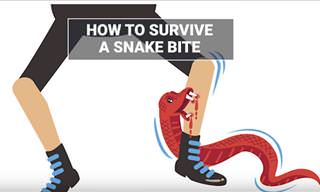 5:21
5:21
Learn How to Survive Being Bitten by a Snake
Learning how to deal with a snake bite might just save your life one day!
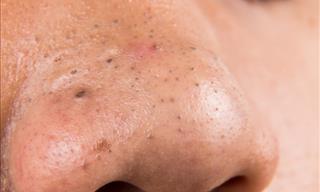
5 Natural DIY Remedies for Blackhead Removal
In this article, we'll teach you to get rid of blackheads using 5 easy and effective at-home methods

Want to Buy the Freshest Products? Here’s how!
There are basic food products that we consume regularly, so its super important to know how to check their quality. These next tips will help you do just that.
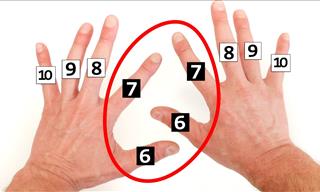 3:10
3:10
How to Do Multiplications With Your Hands!
This simple mathematical trick is a great little tip to have when you need to make quick multiplications, or when you want to teach a child something neat!

What's Lurking in these Everyday Items Can Impact Your Health
This chart will clearly explains how often you need to clean your things, alongside a list of instructions to help you out with your chores.
 4:50
4:50
5 Signs You’re Actually a Better Driver Than You Think
Let's look at the five key indicators of skilled driving that often go unnoticed.

Useful & Professional Tips On Raising a Bilingual Child
Teaching your child 2 languages is one of the greatest gifts you can give them as a parent. Find out how to do it easy and effectively.

12 Plants to Keep Your Home Colorful All Winter Long
These houseplants will add color to your house on those cold winter days.

4 Handy Infographics to Clear Up Spice-Related Confusion
Clear up the confusion you have about herbs and spices with these handy infographics. There's even a printable version for you to stick on your refrigerator!

10 Natural Ways to Keep Your House a Spider-Free Zone
Having spiders in your home is never pleasant, nor are the chemicals normally used to get rid of them. Here are 10 natural ways of ridding your home of spiders.

Senior Travel Made Simple: 10 Tips for a Better Trip
What can make travel a bit easier for seniors? Read on to find out…

10 Smart Ways to Treat Your Dry Skin!
Suffer from dry skin? You can find these next natural dry skin treating ingredients right in your home...
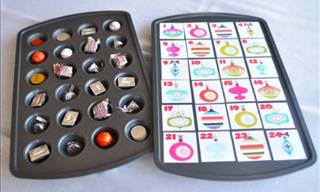
Give Your Old Bakeware a New Lease of Life With This Guide
Many of us are guilty of letting bakeware pile up in our cupboards, but this guide will show you how to give it a new lease of life. See these 10 great ideas.

How to Choose the Right Type of Sunscreen for Your Skin
Here are 7 tips to help you protect your skin properly this summer.

Why You Shouldn’t Keep a Bar Soap for More Than 2 Years
The following 10 personal hygiene products all expire sooner than you’d think and you must replace them regularly

Can't Stop Overthinking? This Insightful Guide Is For You
Do you overthink? This guide will help you manage your thoughts better.

10 Colorful Flowers That Bloom Beautifully Even in Winter
Winter can actually be the best time to start growing beautiful and colorful flowers. Just make sure to plant these cold-hardy plants!
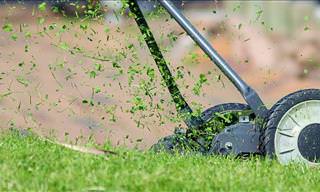
This Ultimate Lawn Guide Says Everything You Need to Mow
This lawn cutting guide will really help you get one up on the Joneses. Pretty soon your garden will be the talk of the town.
 6:23
6:23
How to Season a Cast Iron Skillet the Right Way
What is seasoning and why is it necessary to season your steel and cast iron pans? And most importantly, how do you do it? Here are the answers

Unsure About Retiring? Here's Why You Should Wait
Are you financially prepared to retire? Look out for these signs.

Guide: How to Prevent and Get Rid of Carpet Beetles
How to prevent and get rid of carpet beetles in your home.

Rice Water - 6 Unexpected but Super Helpful Uses
After reading this article, you will never throw away rice water again.

Store Potatoes For Months With These Simple Tips
If stored properly, a bag of potatoes can last for months! Here are 7 tips that will extend the shelf life of potatoes considerably.

Weeds Stand No Chance Against This Fantastic Weed Killer
How does a practically free, home-made, all-natural weed killer that's kind to the environment sound? Amazing, right? Here's how to make your very own.
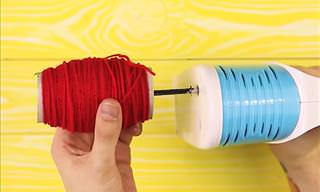 15:36
15:36
These 20 Awesome Tool Hacks Will Make Your Life Easier
These awesome tool hacks will make your life so much easier!

Selling Your Phone? Do These 9 Things First for Max Value
Here’s what you need to know before putting your phone up for sale.
To enable your Ad-Free Subscription, please fill the fields below
Your subscription was successful, now you can enjoy an ad-free experience!! Note: To make sure you get no ads, please make sure to log in to your account. If you are logged in already, then refresh the page. The subscription can be cancelled at any time.


